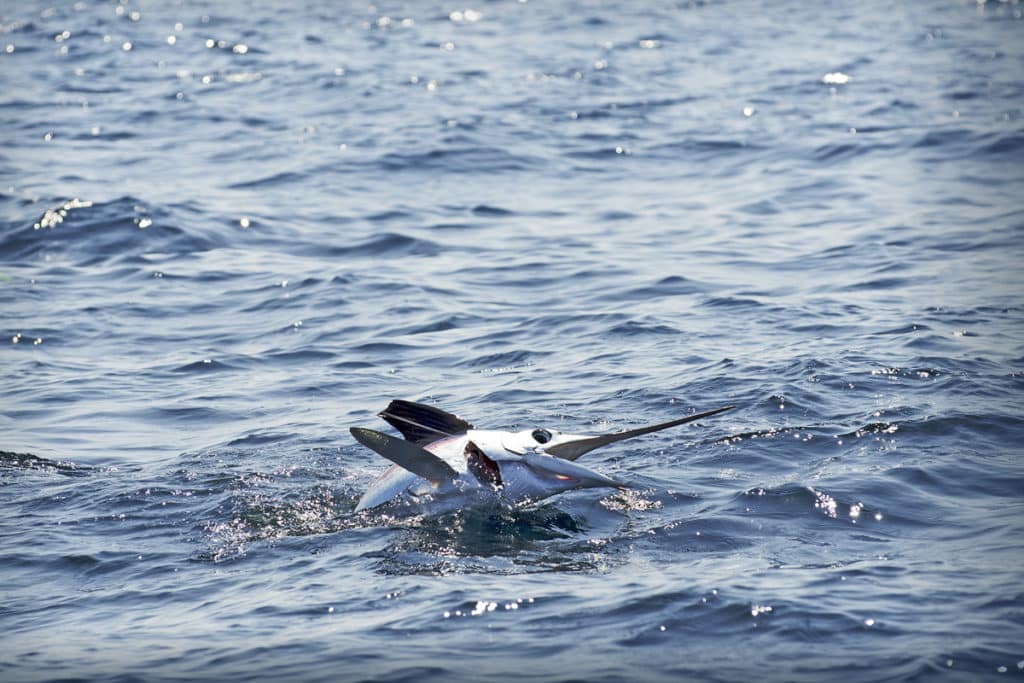
When I saw the flags, my jaw dropped. I tried to count them, but there were too many. Later, Capt. Randy Butler confirmed that 50 marlin flags decorated the riggers of his Virginia Beach charter boat, Rebel. In less than 24 hours, Butler and his crew had scored more white marlin than most anglers catch in a lifetime. When other boats returned to port flying just two or three flags, Butler had 50. What was his secret? Live bait.
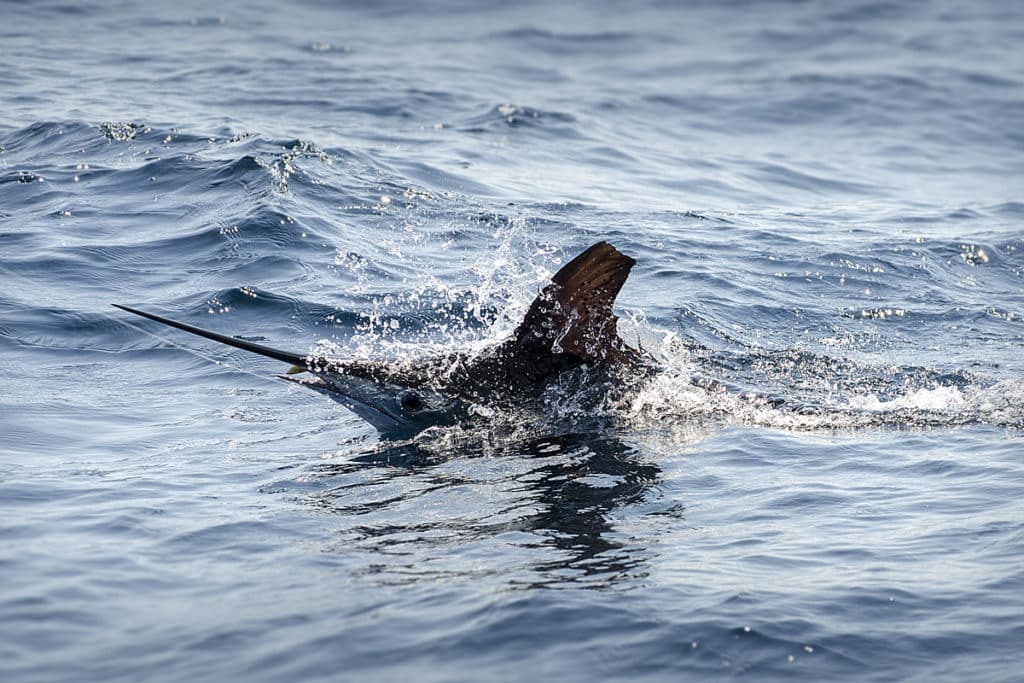
On a steamy August morning, I met Butler and the Rebel crew at the Virginia Beach Fishing Center. Butler, a Virginia native, grew up hearing stories of skippers scoring epic numbers of white marlin using live bait, and a few years ago, he started experimenting with the technique. “People see the flags and assume it is easy,” Butler warns as we motored out of Rudee Inlet and pointed the boat toward Norfolk Canyon, 50 miles away. He explains that catching bait is key to catching marlin. He finds schools of tinker mackerel piled on the bottom in 50 to 120 fathoms on the edge of the canyon. The bait is available all summer and most of the fall, but the best pickings are late August and early September. “Some days I have to work hard just to scratch together a handful of baits,” he admits, “but I can turn each one into a marlin.”
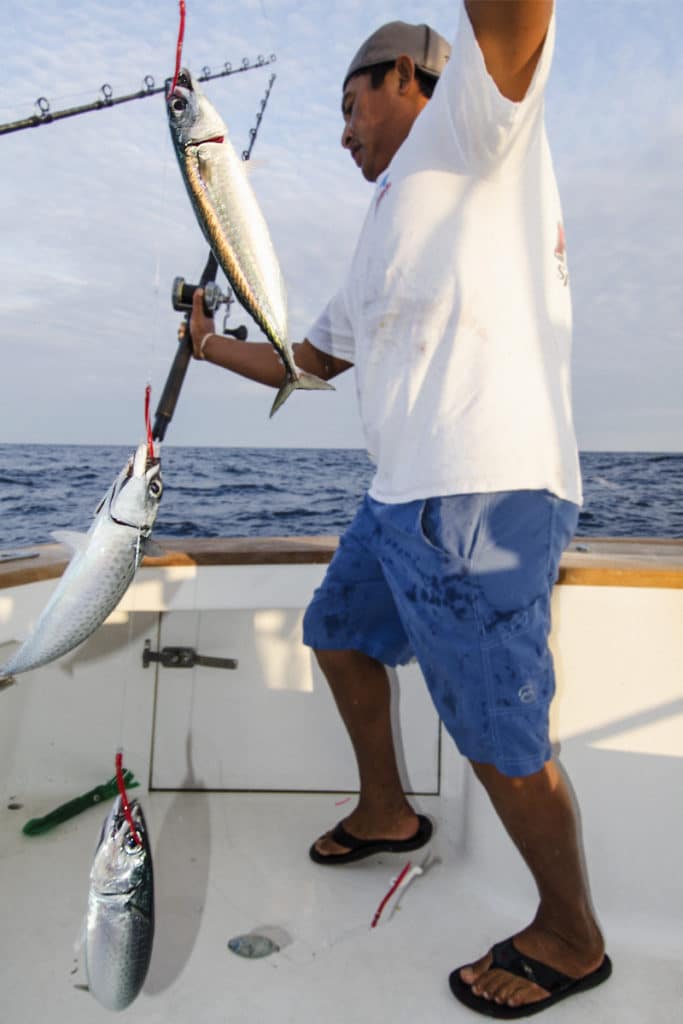
On a steamy August morning, I met Butler and the Rebel crew at the Virginia Beach Fishing Center. Butler, a Virginia native, grew up hearing stories of skippers scoring epic numbers of white marlin using live bait, and a few years ago, he started experimenting with the technique. “People see the flags and assume it is easy,” Butler warns as we motored out of Rudee Inlet and pointed the boat toward Norfolk Canyon, 50 miles away. He explains that catching bait is key to catching marlin. He finds schools of tinker mackerel piled on the bottom in 50 to 120 fathoms on the edge of the canyon. The bait is available all summer and most of the fall, but the best pickings are late August and early September. “Some days I have to work hard just to scratch together a handful of baits,” he admits, “but I can turn each one into a marlin.”
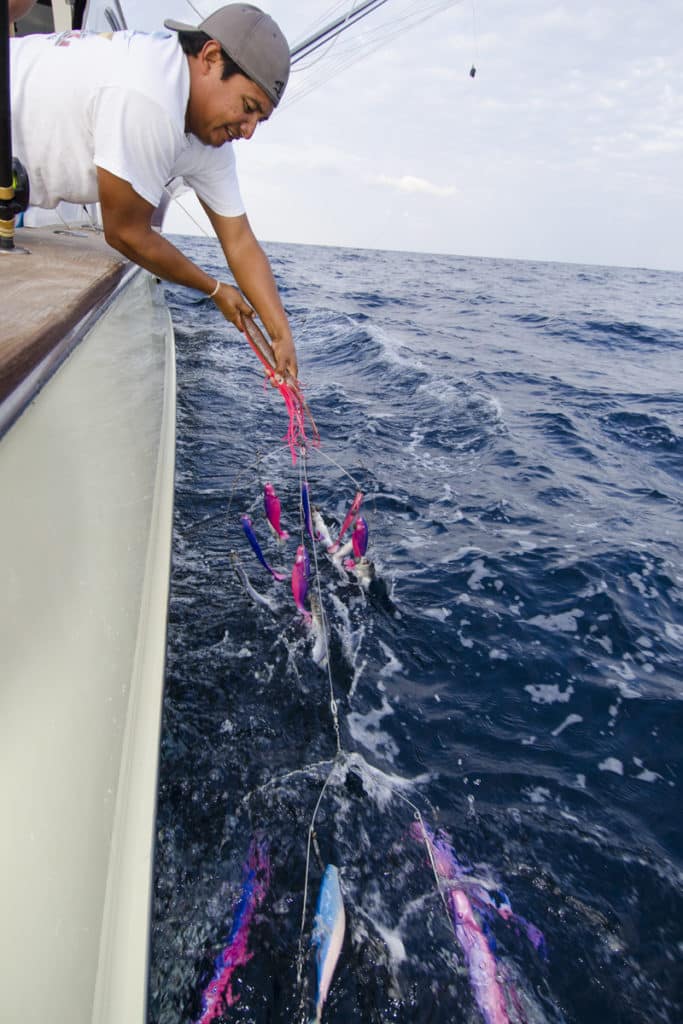
Butler stays in the same area where he was marking bait. “We won’t go more than 2 miles all day,” he says, adding that the marlin don’t wander far from the kitchen. Meanwhile, mates Michael Butler and Fernando Sosa set out the spread, which resembled a standard trolling spread — except we were moving at just 2 knots. Butler runs squid-chain teasers on each side, built out of 9-inch rubber squid punctuated with a naked horse ballyhoo. Then he deploys a triple-mullet dredge on both sides of the boat. The mates each bridle a live tinker to an 8/0 circle hook. Sosa explains that bridling the mackerel leaves the hook clear to find the corner of a marlin’s mouth more easily.
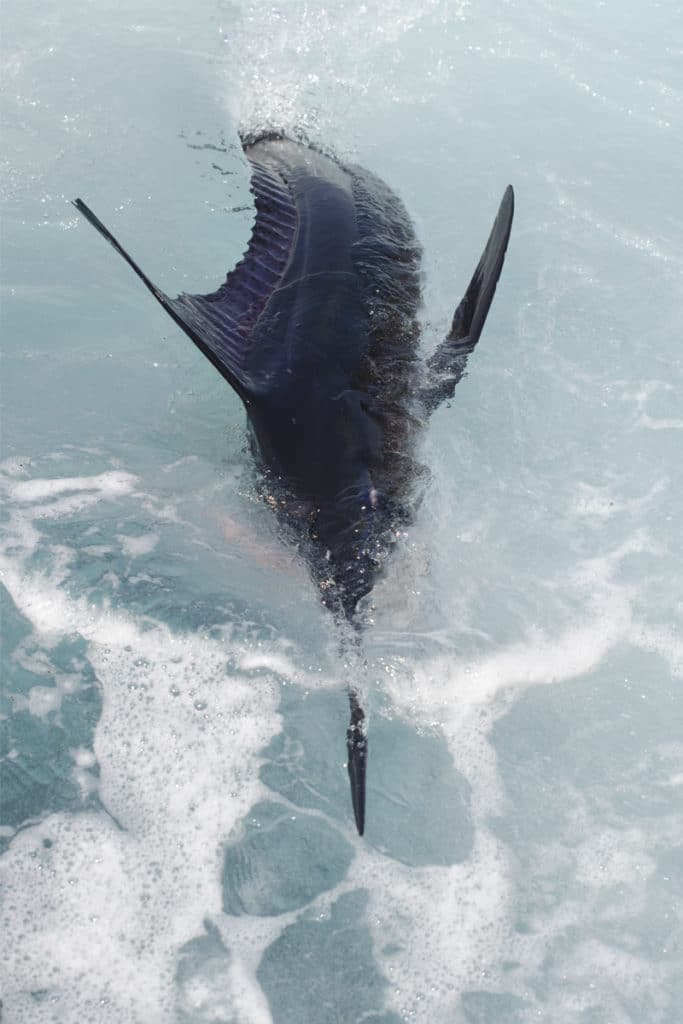
Nothing in fishing is more exciting than a white marlin coming in hot on a ballyhoo skipping along at 7 knots. But it takes a sharp eye to spot one of these fish, and the whole thing is over in seconds. Not so with live bait. I don’t know who spotted the white marlin first, but I saw it swimming circles around one of the baits. In just a few seconds, everyone aboard watched as the fish began tracking the live bait.
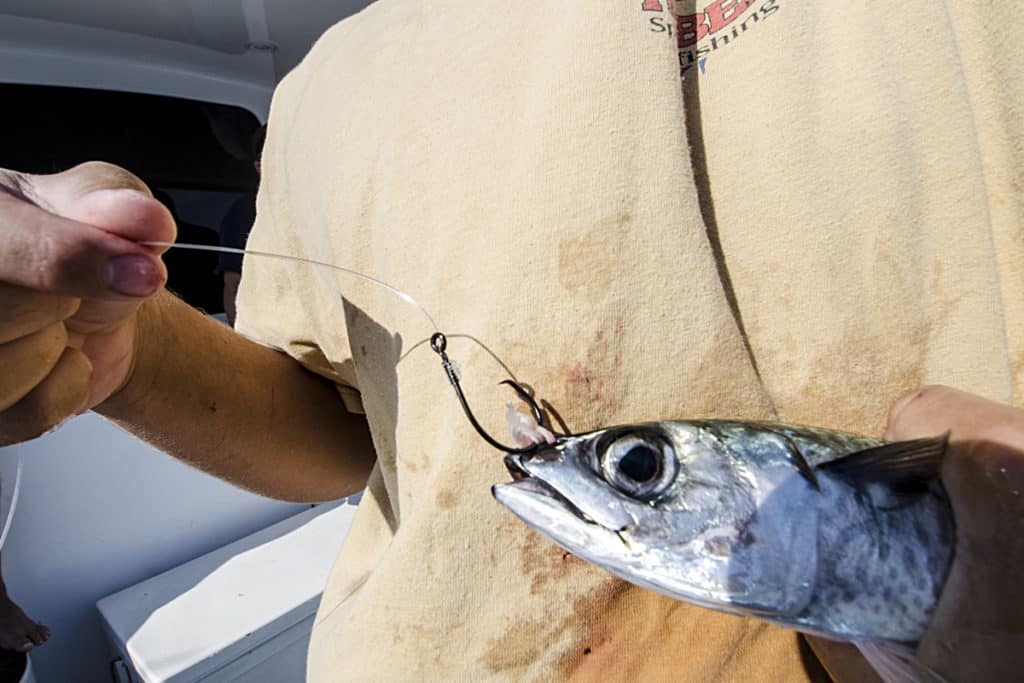
Come and Get It
The crew dropped a live bait off both short and long riggers. Butler kept the boat moving just fast enough to keep the baits on the surface, and it didn’t take long for the marlin to notice. “Tinker mackerel work so well because they swim fast enough to keep up with the boat,” he explains.
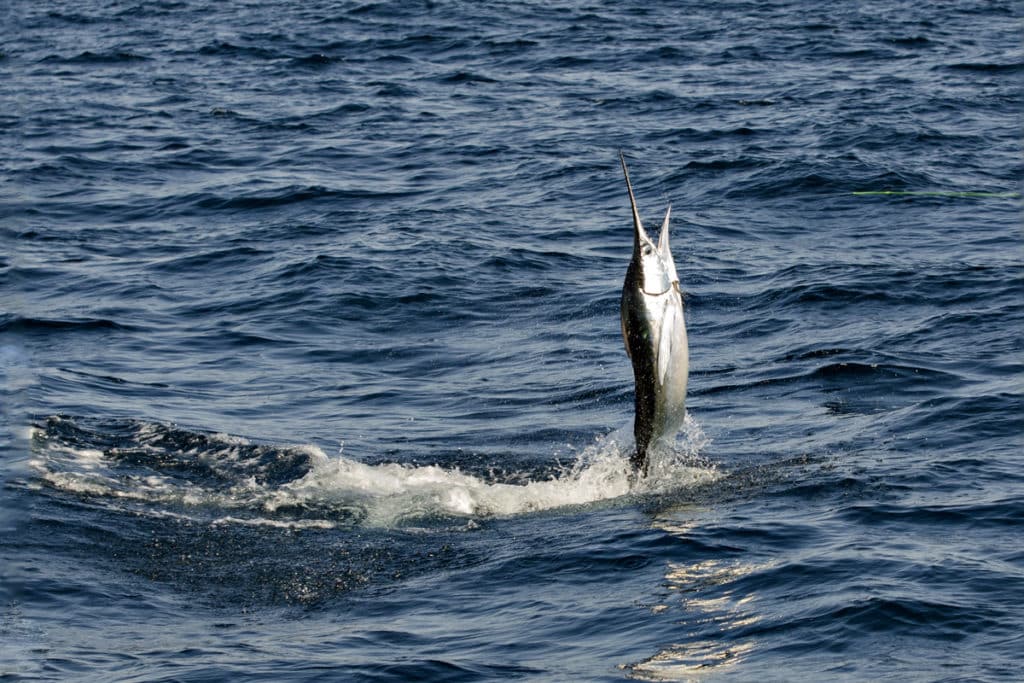
When it billed the bait, Sosa dropped the reel out of gear, and the marlin came up and took the bait like a trout rising to a dry fly. Once the fish started to swim away, Sosa engaged the drag, cranked the line tight and gave the rod tip a slow jab to let the circle hook catch. That’s when the marlin hit the air and the drag screamed. At the same time, the captain was on the bridge dropping back to a second fish when he spotted a third marlin in the spread, and his son shot a pitch bait to the window-shopper. With three fish in the air behind the boat, Butler slowed the engines and let the anglers work their fish. He left the remaining live baits out, and once everything was under control, the crew cleared the dredge and teasers and Butler backed Rebel toward the fish. All through the fight, he left the live baits dangling from the riggers. “The action often brings in more fish,” he explains, “And we keep a couple live baits rigged up to pitch to marlin when all four lines go down.”
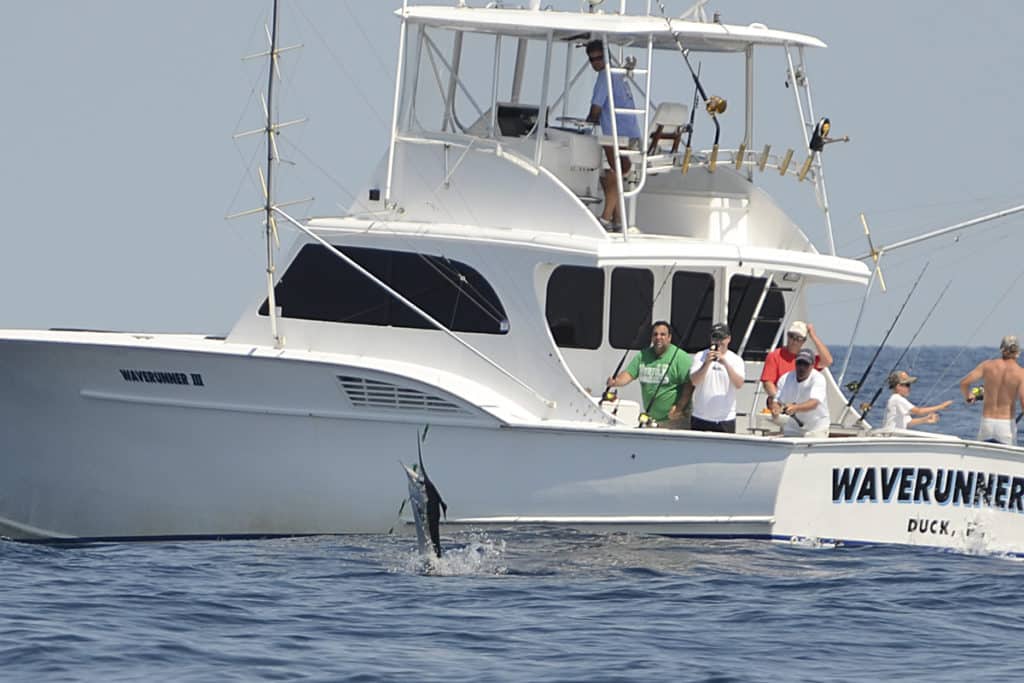
After the fish were released, Butler returned to slow-trolling. It took only a few minutes before another fish circled the baits. By keeping the baits out and an eye on the water, the crew turned single bites into doubles and triples. We caught a sailfish, then hooked and lost a blue marlin. By the end of the day, we had a dozen flags flying. Heading back to the dock, Butler explains the advantages of live bait. “Anglers love being able to watch the fish come into the baits,” he says. “And there is a lot of action.” Many of his anglers even enjoy catching bait. Opponents of live-baiting say it’s difficult to tempt marlin on ballyhoo when other boats are dangling live baits, and the slow pace keeps the live-baiters on the hot spots longer, preventing dead-baiters from getting to the fish. Butler argues that the technique is best employed on either side of Norfolk Canyon, so hundreds of miles of prime water are available to conventional trollers.
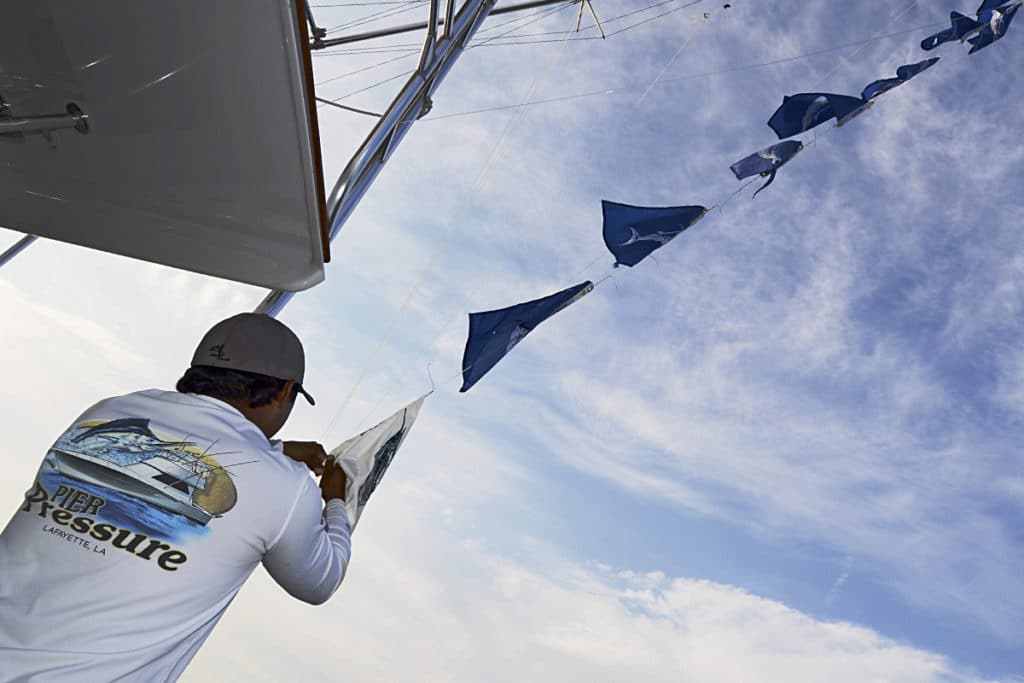
Despite live-baiting’s effectiveness, Butler says the technique has been outlawed in most of the bigger tournaments. “That’s fine,” he says with a chuckle. “We haven’t forgotten how to catch them trolling.” On the way back to port, as Michael hoisted one release flag after another up the rigger, the party stood in the cockpit, taking pictures and clinking cans in celebration. All would long remember their day catching marlin on live bait.









